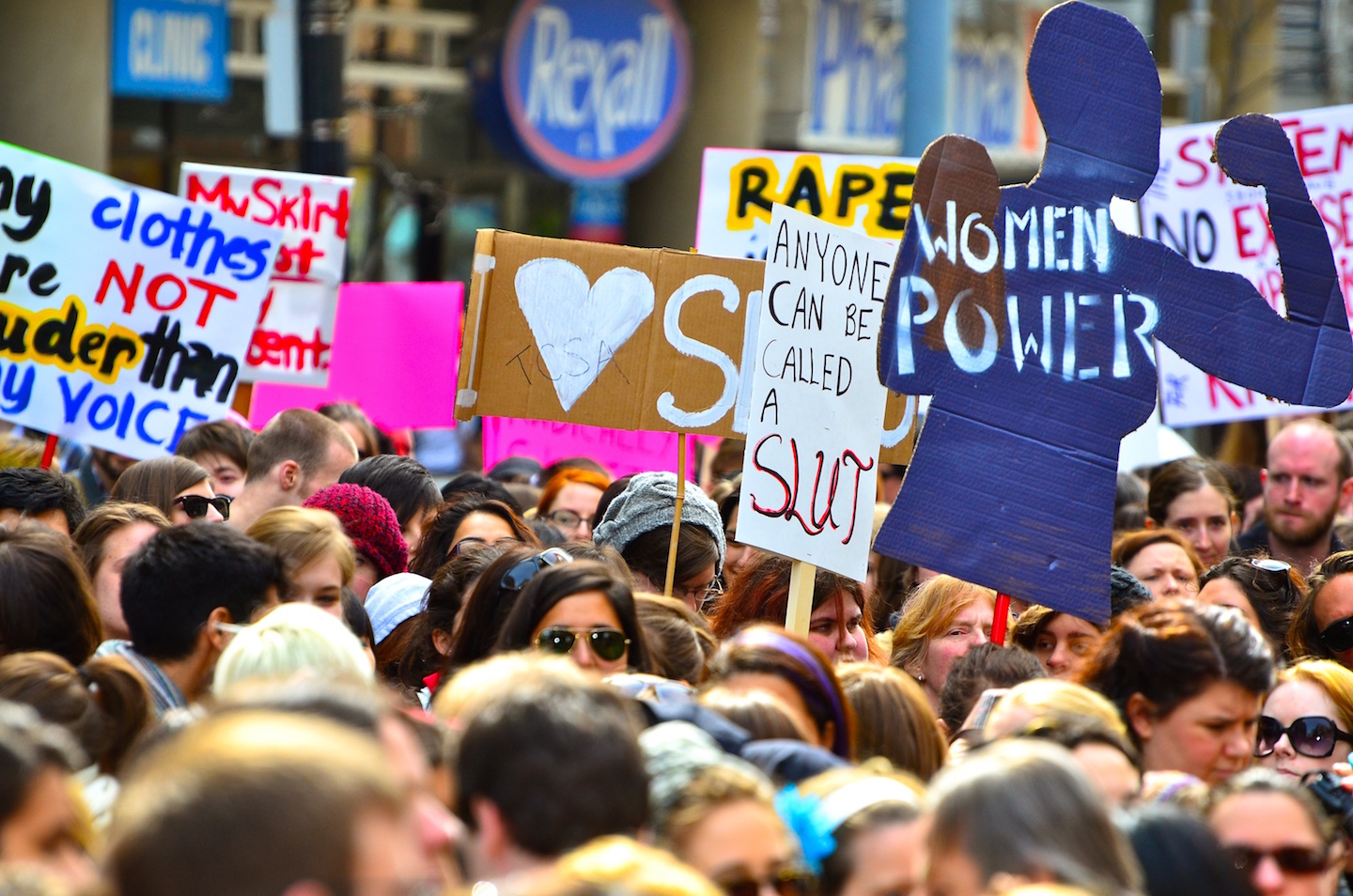Lacking any real job skills, broke millennials are now donating blood plasma as a routine source of income
12/18/2017 / By Isabelle Z.

Being a millennial is tough, even though they are by and large considered to be a rather sheltered generation. Although they’re bright in some respects, many aren’t quite as prepared for the real world as they should be. Some of it is out of their control as they face crushing student loans and stagnating wages, a situation that is leading many young people to sell their blood plasma to make ends meet.
One former community college student spoke about how she visits an Oregon plasma donation center twice a week following a reduction in her hours at work. At the center, people who donate plasma can earn anywhere from $25 to $150 per week over a maximum of eight visits per month.
The center she frequents markets itself to millennials, touting its close location to the University of Oregon on its website and mentioning that students are able to do their homework while donating. Around a third of the donors at that Eugene center are estimated to be under the age of 24.
It’s a popular approach, with ABC News reporting that 94 percent of the plasma in the world comes from the U.S. It’s a $16.8 billion global industry that is still growing. Not surprisingly, four-fifths of the nation’s plasma centers are found in poor neighborhoods. The plasma is used for therapies to treat various diseases.
The plasma donation process
Although it sounds easier than working a real job, it’s not exactly a fun way to pass a few hours. First-time donors are subjected to a drug test and medical exam, followed by a long questionnaire and informational video. Those who do not have a permanent address, have recent piercings or tattoos, and those who have a history of intravenous drug use are ineligible. Other requirements include being between the ages of 18 and 65, weighing at least 110 pounds, and being in good health in general.
On repeat visits, donors must take a shorter version of the original questionnaire before going into a room to be examined by a technician. A finger prick test is used to check the blood’s iron and hematocrits, and they also check their blood pressure, temperature, and heart rate. Anyone who does not meet the required levels will be turned away and won’t get paid.
In addition, the donation centers mark donors’ fingers using a special type of marker that glows under blacklight. This prevents them from donating plasma at multiple centers. They must wait two days before donating again.
Those who make it to the next level are brought to a room where a phlebotomist inserts a 16-gauge needle into their arm – this is around three times the size of the needles used for standard ear piercings. Blood then flows through a clear tube that is attached to the needle into a plasmapheresis machine, which separates the plasma from the blood and deposits it into a bottle. The remaining blood is then returned back to the donor’s body through the tube. The whole process takes anywhere from 30 minutes to an hour.
Helping people who need plasma is admirable, but this trend also underscores the sad state that many millennials are finding themselves in. Some are selling plasma, and others are selling sex and even their virginity, according to Zero Hedge… what’s next?
Sources include:
Tagged Under: blood, broke, job skills, millennials, plasma, plasma donation




















